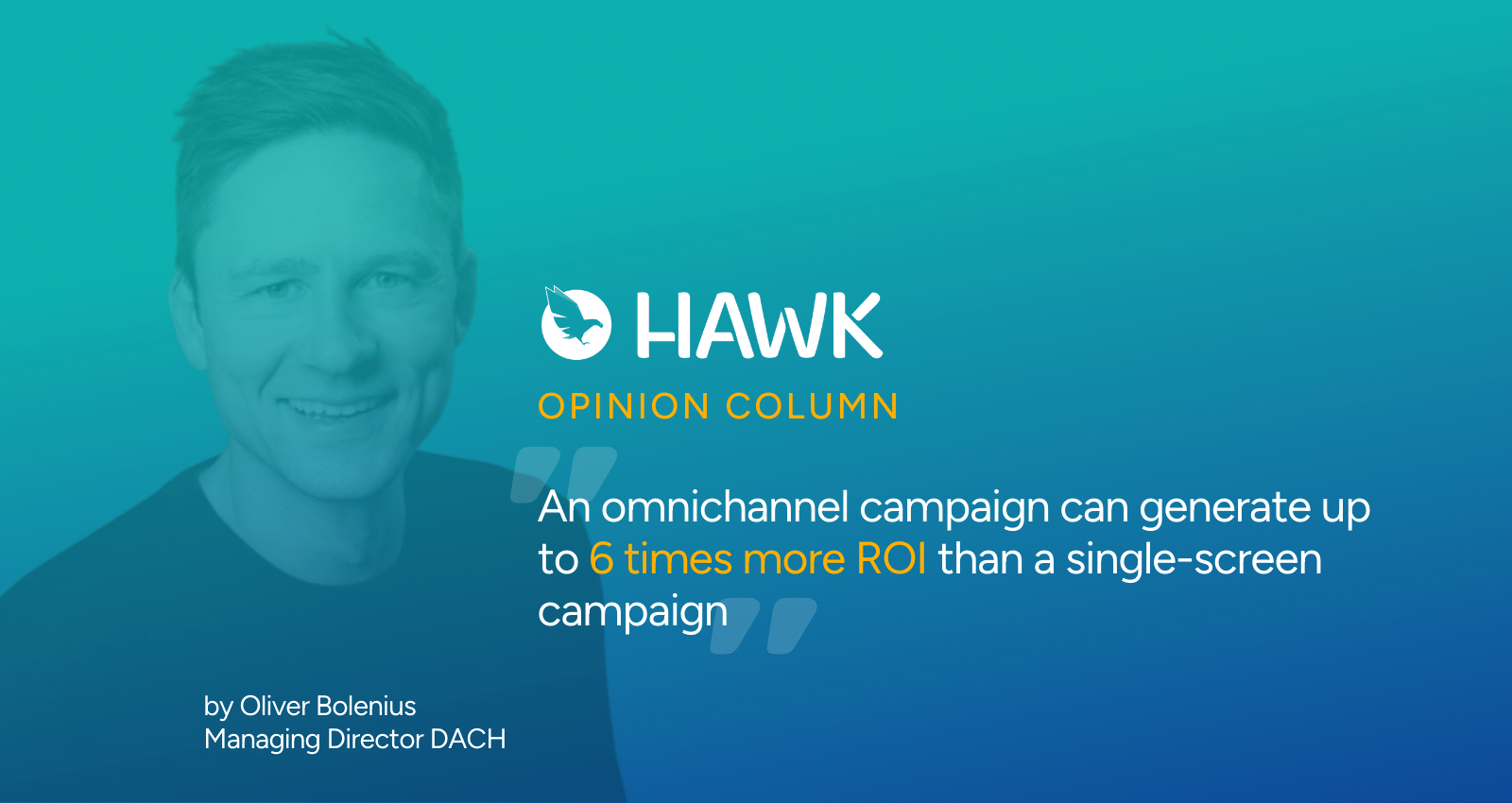The advertising landscape is globally composed of two universes that are often contrasted.
On the one hand, the Walled Garden, which includes the digital ecosystems owned by the GAFAMs, with controlled access and whose ad activation is usually limited to the operation of their own media buying platform (DV360 for YouTube, Meta Business Suite for Facebook and Instagram, etc.).
On the other hand, the Open Web or the open internet, which includes all digital environments, websites and mobile applications, is not owned by GAFAM. These digital environments are free to access and more easily activated by brands from an advertising point of view. Indeed, most of the purchasing platforms (Demand Side Platform) can easily access these digital media. Amongst these, we can cite as examples the digital environments of the largest German media such as Axel Springer, Bertelsmann, Burda, SevenOneMedia, etc.
Even if more than half of the marketing budgets are directed towards GAFAM advertising platforms, the latest study „The Open Web vs. Walled Gardens“ by OpenX shows that more than 65% of the time spent online is spent on so-called Open Web environments. Moreover, the consumption of online content by Internet users over the last twelve months clearly shows a real preference for these open environments with a 37% gain in terms of time spent, compared to a 10 point lower progression on closed environments. This trend is also confirmed over the longer term with a willingness to spend 1⁄3 more time on these media compared to only 17% on Walled Garden environments.
While these behavioural figures clearly prove the interest for brands to reinforce their advertising presence on Open Web environments, the advertising perception of Internet users should convince them for good. Indeed, more than one out of three Internet users believe that the ads offered are more relevant and impactful on Open Web environments. This figure drops to less than 20% on average for the Walled Garden platform environments.
In addition to the Open Web, brands and media agencies can also take advantage of the many opportunities opened up by new media. These are perfectly complementary to display & VOL activations, and are still free of any GAFAM influence. We are talking about Digital Audio, Digital Out-Of-Home, Segmented TV, In-Gaming and Metaverse.
Extending your communication strategy to these new screens is often beneficial and naturally impacts the results of a marketing campaign. Multiplying the number of screens makes it possible to develop the number of points of contact with the audiences to be addressed, and thus, its coverage on target. Via a podcast, an outdoor (or indoor) billboard or through a AAA video game… so many opportunities to capture a user’s attention and send them the right message, at the right time, through the right medium; while controlling advertising repetition.
In addition, an omnichannel strategy makes it possible to set up retargeting combinations between screens, thus greatly enhancing the creativity and performance of a campaign. The figures prove it. At Hawk, an omnichannel campaign can generate up to six times more ROI than a single-screen campaign, whether in terms of target coverage or in-store visits.
More effective, but also more responsible. Indeed, a campaign combining several screens makes it easier to achieve its marketing performance, consuming fewer impressions and thus becoming less energy consuming.
Column by Oliver Bolenius, Managing Director DACH, Hawk



